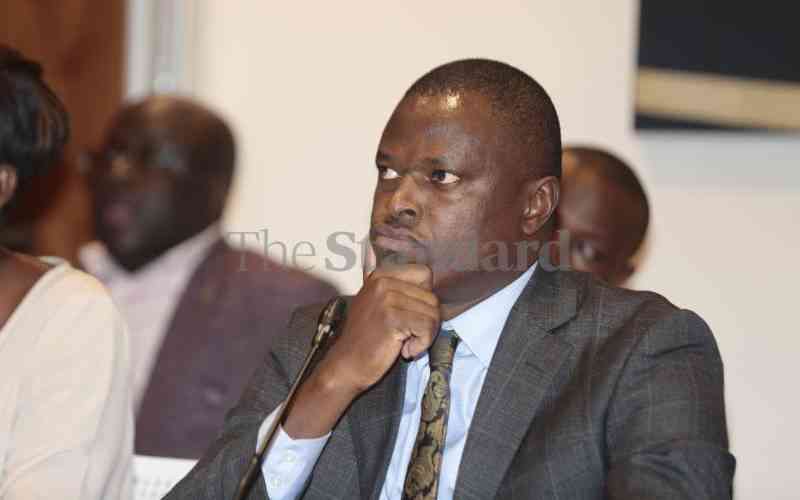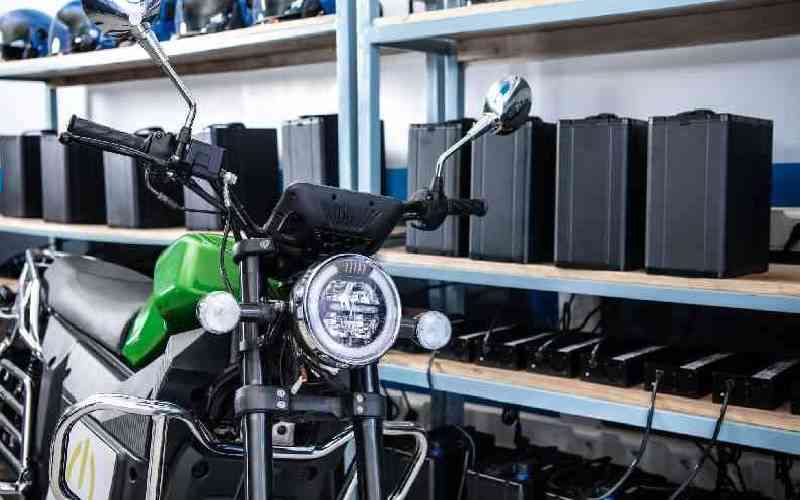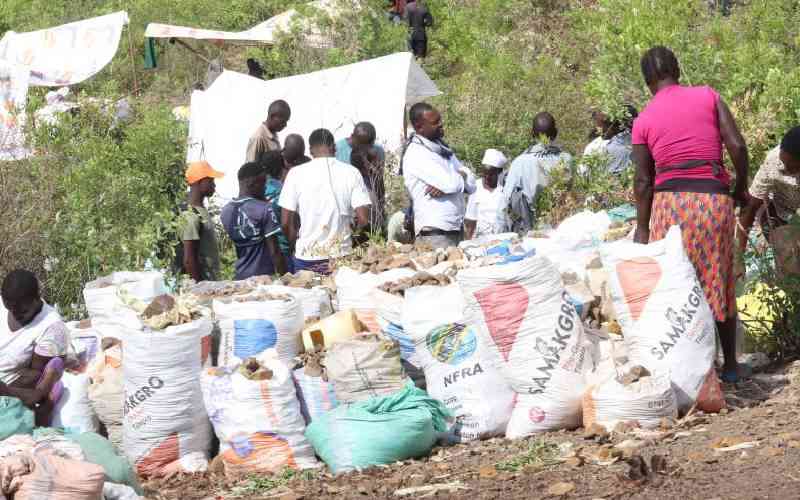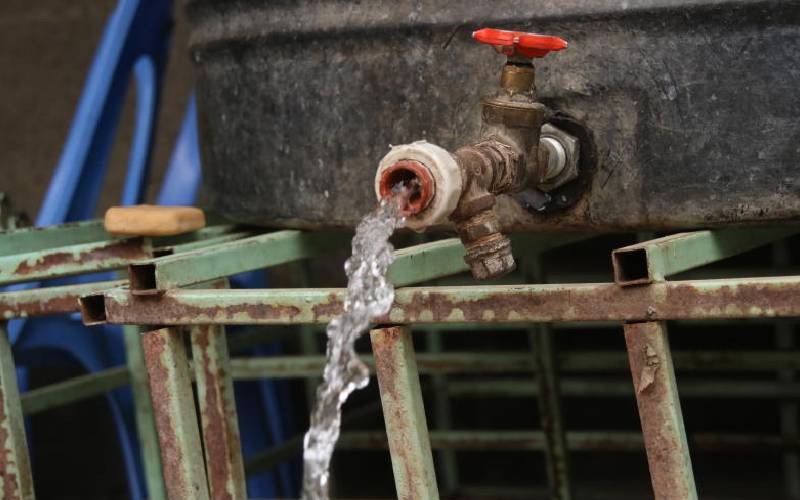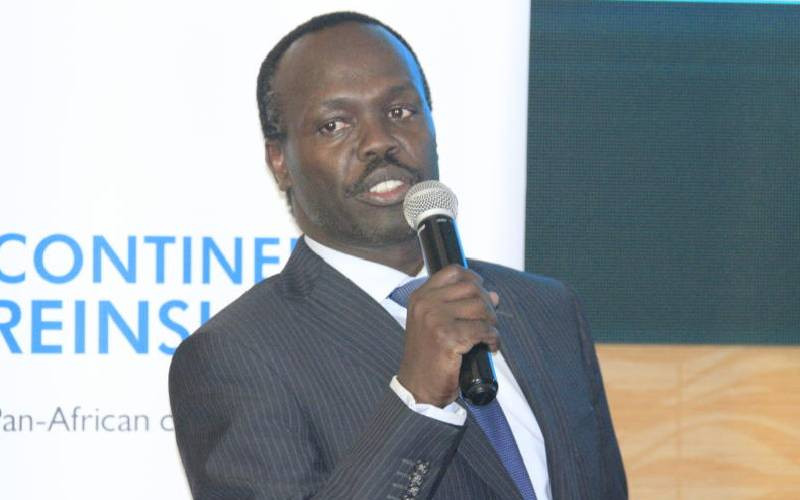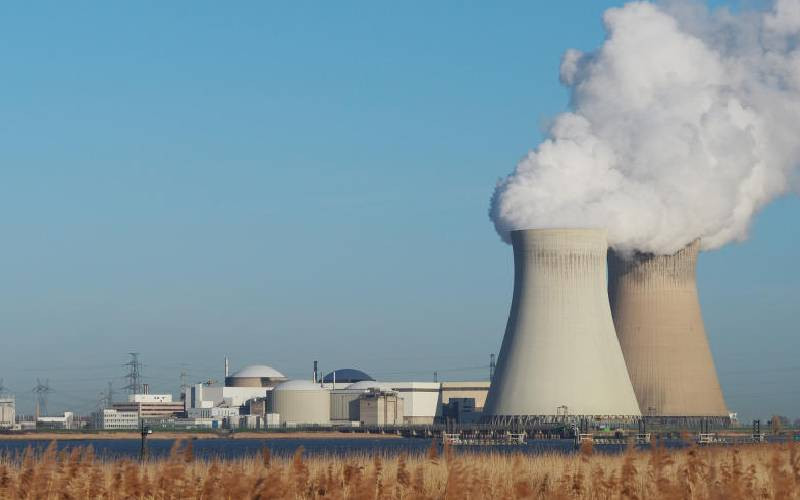
Despite mounting concerns, the government is determined to launch Kenya’s nuclear project by 2027.
However, events surrounding this initiative cast doubts on the regulatory effectiveness and readiness of the Nuclear Power and Energy Agency (NuPEA) to meet International Atomic Energy Agency (IAEA) standards.
It took the intervention of the Netherlands Commission for Environmental Assessment (NCEA) – hired by the National Environmental Management Authority (Nema) to scrutinise NuPEA’s SESA Strategic Environmental and Social Assessment (Sesa), revealing significant gaps.
According to insiders, the report failed to address critical issues, such as implementing risk control measures and whether outstanding items from the risk assessment will be resolved before system integration testing and commissioning proceeds.
Furthermore, it did not conclusively discuss potential hazards linked to nuclear system failures that could impact marine structures, systems and components. NCEA also raised concerns about the SESA report’s justification for nuclear energy.
According to IAEA Guidelines Section 3.2 (2018), a thorough assessment must consider seven key nuclear power impact areas. These include the main sitting and technological considerations, power plant construction and decommissioning, the fuel cycle, spent fuel management strategies, physical protection and security, emergency preparedness, and other infrastructure needs. Shockingly, the SESA report fully covers only the first area, while the remaining six are partially addressed, with incomplete, incoherent, and unbalanced assessments.
Beyond NuPEA’s shortcomings, serious questions surround Kenya Nuclear Regulatory Authority’s (KNRA) technical capacity to approve equipment like nuclear reactors, advise on optimal nuclear coolers, and license reactors and applicable nuclear safety structures, systems, and components. Will KNRA have this capacity in just two years? Your guess is as good as mine.
Moreover, senior government officials in the legislature and the executive are pushing for the 1,000MW nuclear power plant, raising serious credibility issues given Kenya’s reputation with delicate projects.
Do these officials have personal interests in this project? Why are they jumping the gun on a venture that remains fraught with unsolved challenges? These questions demand urgent answers to ensure that national interests, rather than individual gains, are driving this agenda.
Kenya cannot afford to overlook these critical shortcomings. Moving forward with nuclear energy amid financial instability, a history of governance failures, and significant regulatory oversight would be reckless.
For such a high-stakes project, the government must first resolve structural challenges and prove its capacity to manage an endeavour of this scale. Until these fundamental issues are addressed, the risks far outweigh the rewards, making Kenya’s nuclear ambitions premature and ill-conceived.
Instead of deflecting criticism, NuPEA and KNRA must engage in meaningful dialogue with stakeholders, address concerns openly, and ensure every decision is guided by robust evidence and global best practices.
-The writer is a communications consultant.
Stay informed. Subscribe to our newsletter


